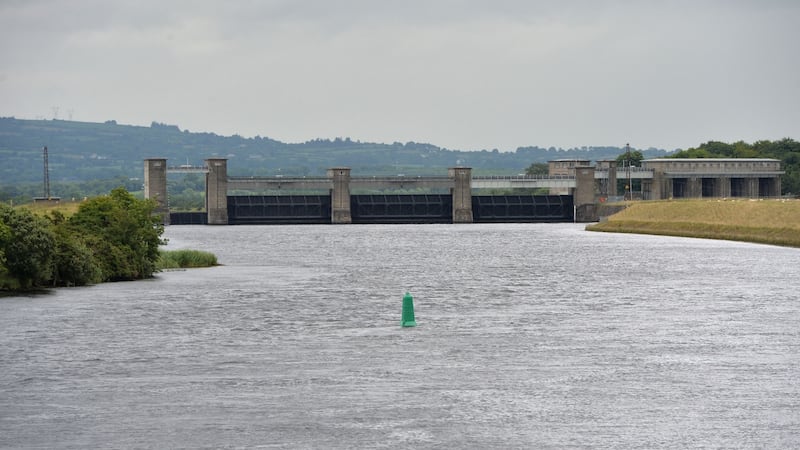Galway "is not Monte Carlo", a heritage watchdog has warned in an appeal against a 21-storey tower for the city as part of one of Ireland's largest urban regeneration schemes.
Plans for the €320 million redevelopment of an eight-acre site beside Ceannt Station in the city have been put on hold after a decision to grant approval by Galway City Council in May was appealed to An Bord Pleanála.
Augustine Hill is a joint venture by CIÉ, which owns the land; Edward Capital, run by Galway developer Gerry Barrett; and Summix Capital. CIÉ held a competition in 2017 to find a developer for the site.
The mixed-use development as planned would include 229 apartments, a 130-bed hotel, a six-screen cinema, restaurants, retail and a craft food market across 11 new fully pedestrianised streets. There would also be four large public spaces with the apartments in seven blocks, with a 21-storey tower as its centrepiece.
‘Developer-led planning’
In its appeal against the planning permission to An Bord Pleanála, heritage organisation An Taisce said it welcomed some modifications to the original plan, agreed earlier this year, but remained opposed to the “inappropriately positioned” 21-storey tower.
Complaining about the level of public consultation on the proposals, An Taisce said the regeneration of the site was “developer-led planning at its worst”.The development has the “potential to change the shape of Galway city” that people will “have to live with for another 100 years”, it said.
An Taisce also said high-rise buildings are “found to be unsuitable for the climate and latitude of northern European cities”.
“Galway city is not Monte Carlo with its views of an azure Mediterranean sea,” the organisation said. “The site overlooks and is adjacent to Galway Harbours Enterprise park with its warehousing, oil and bitumen storage tanks, etc.”
Furthermore, it questioned whether fire services in the city would be equipped to deal with a blaze at high-rise towers.
‘Poor argument’
The development is “hugely overblown”, it said, adding the “impulse” to build a large tower “simply because Galway does not have such buildings or because it does not look international without them” is a “poor argument” for its construction.
After securing permission for the scheme, Mr Barrett said it would "breathe life into the city centre and help rebalance growth away from the suburbs of Galway".
The developers have also appealed to An Bord Pleanála to allow an original larger-scale development proceed.
An economic assessment carried out by Prof Alan Ahearne of the Whitaker Institute at NUIG for the developers estimates the development would support 610 jobs a year over the six-year period of its construction, and a further 2,700 jobs upon completion.
It could also contribute up to €200 million annually to national income and deliver a boost of €80 million to the exchequer, according to the analysis.
An Bord Pleanála is to decide the appeal in October.














